1. Ceramic Owls & Mushrooms
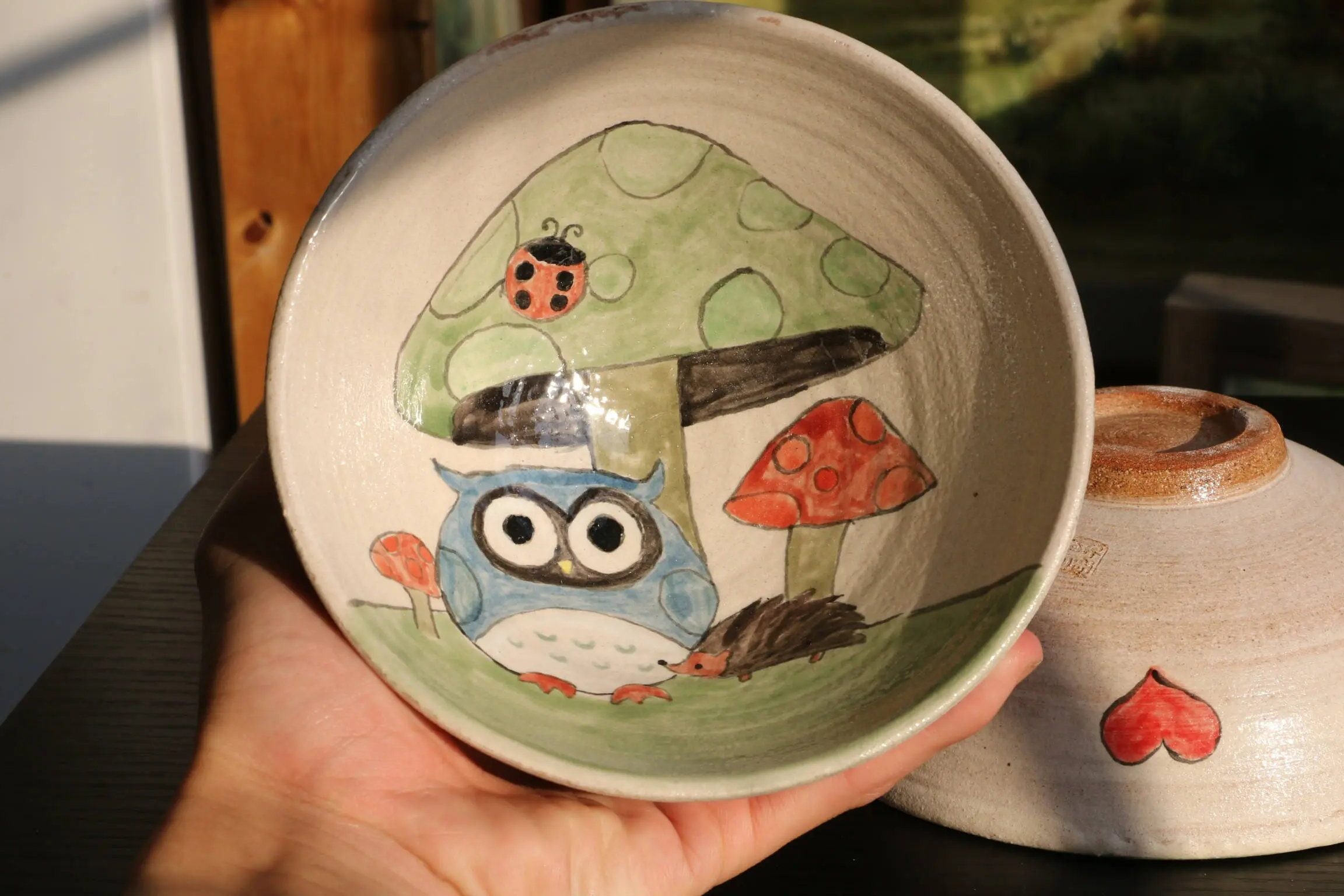
All over ’70s shelves sat whimsical ceramic owls and mushroom ornaments, earthy, woodsy kitsch that now looks dated. We often donated them during decluttering; they felt overdone. Collectors occasionally scoop up especially attractive or rare figurines, but most mass‑produced sets were cast off long ago. Unless signed by a known maker or artist, these remain charming but low‑value décor.
2. Beanbag Ashtrays
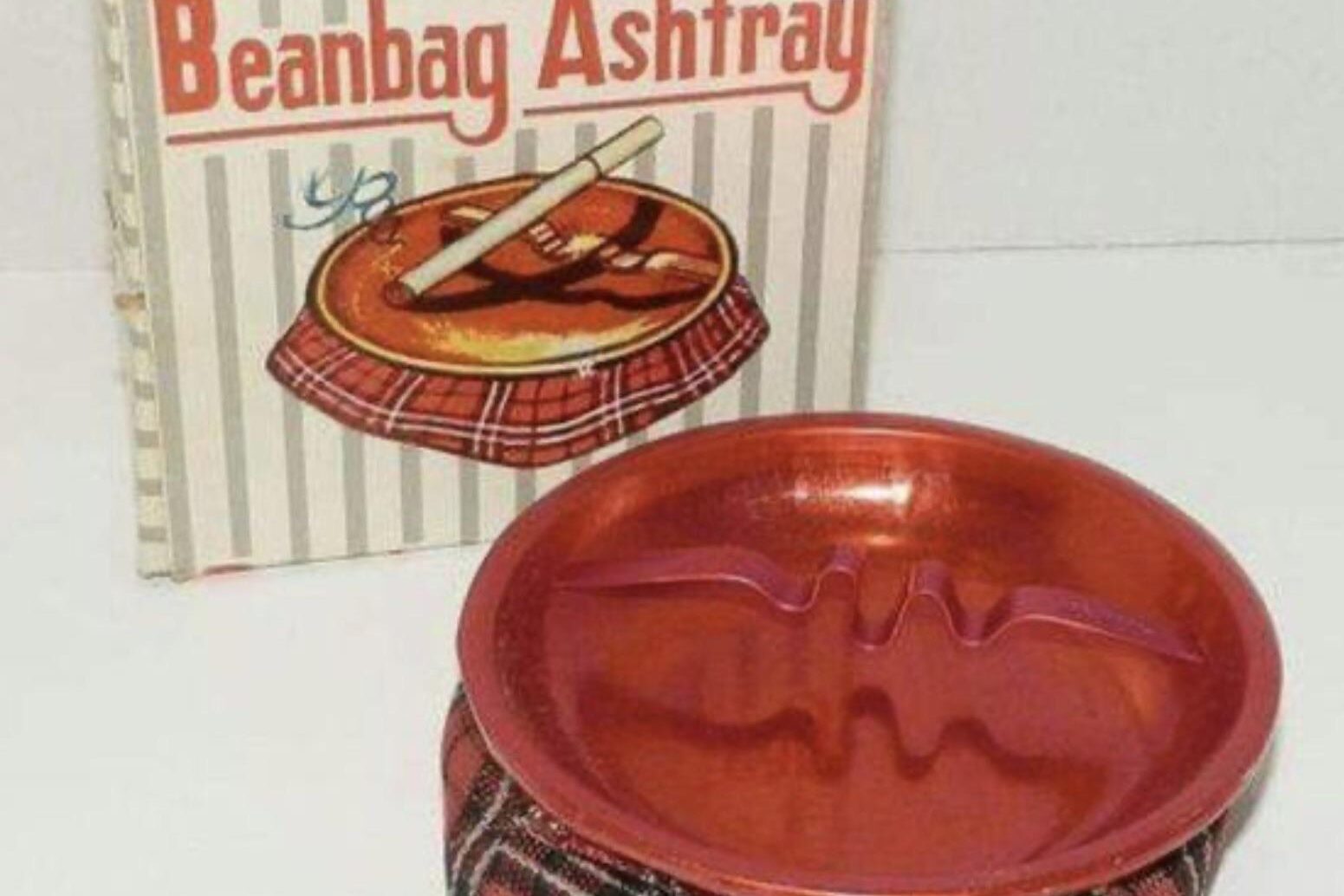
A ubiquitous ’70s accessory, soft beanbag bases topped with glass ashtrays, that we tossed out when smoking went out of fashion. At the time they just felt tacky and impractical. Today they’re almost entirely forgotten and rarely seen in vintage markets. Most collectors skip them, seeing little value beyond novelty, so they rarely fetch more than a few dollars unless genuinely unusual.
3. Collector Spoons
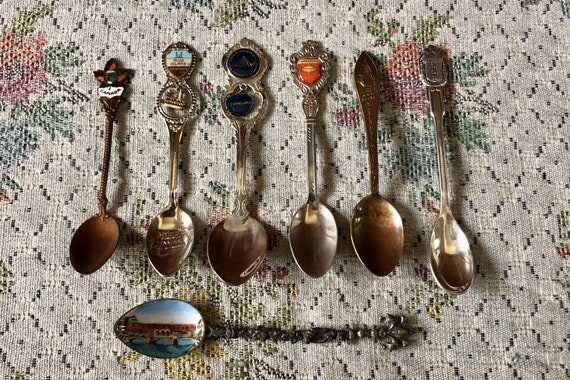
Dishwasher lines of souvenir spoons engraved with each U.S. state name once proudly hung in kitchens. We donated these when tastes changed, it felt pointless to keep dozens. Now most are minor trinkets with negligible worth. While a few very rare or silver plated examples may attract modest interest, for the most part these are relics without strong collector markets.
4. Macramé Plant Hangers
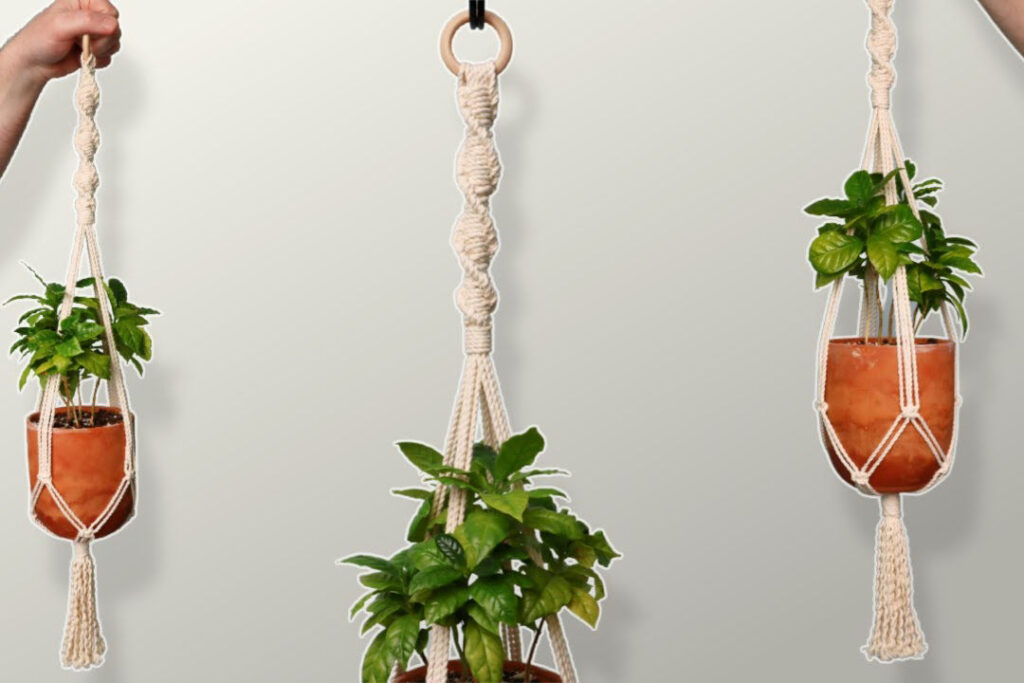
Hand‑knotted cotton rope plant holders draped from ceilings or walls were trendy décor in the ’70s. But as interior styles shifted, they ended up in charity bins or trash. Even today, macramé plant hangers are nostalgic but widely reproduced, rarely original, and not scarce. Unless handcrafted by a notable artisan, they aren’t considered collectible and usually hold only sentimental, or zero, value.
5. Velvet Elvis Pictures
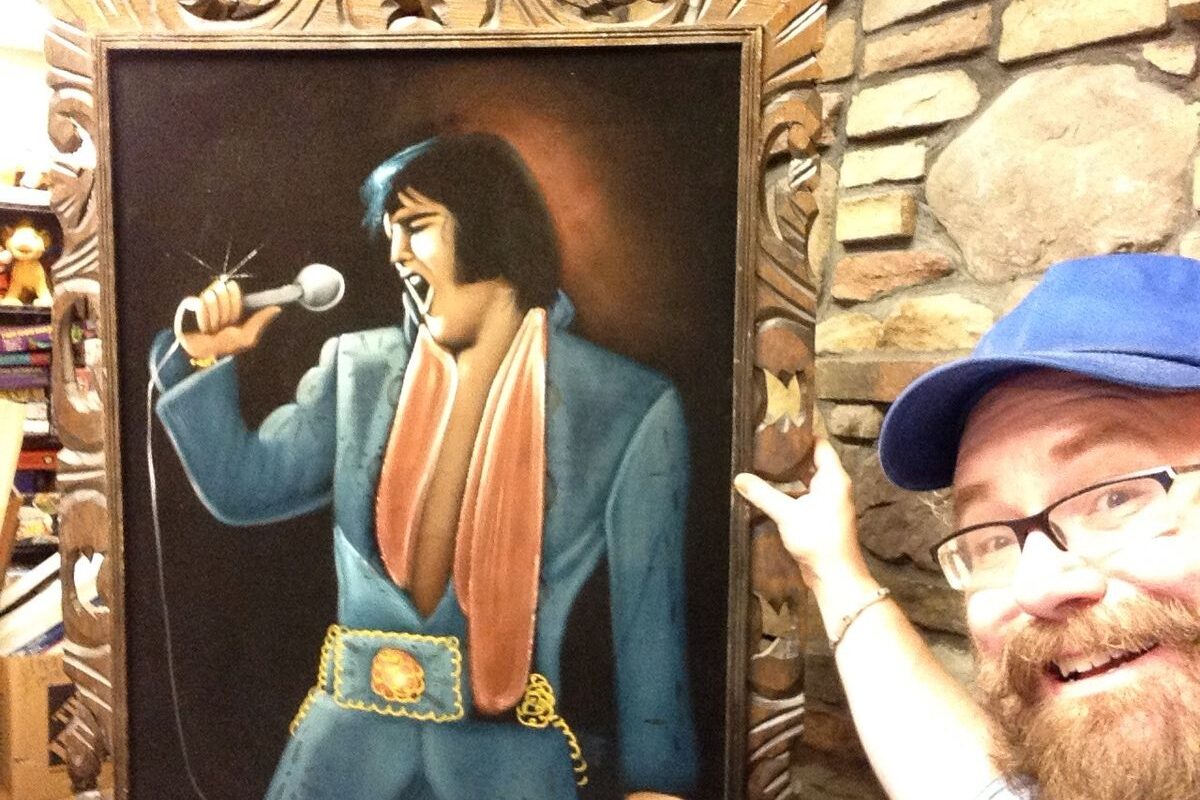
Kitschy paintings or prints of Elvis Presley on shiny velvet background felt charmingly retro back in the day. We gave them away as cheesy clichés when tastes turned edgy. Today they occupy pop‑culture museum shops and flea markets but still aren’t highly valued, some copies get a few dollars in thrift stores. While fun conversation pieces, they haven’t gained serious collectible traction.
6. TV Guide Collections
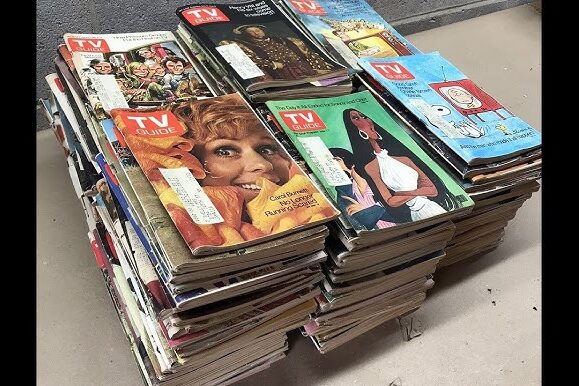
Stacks of old TV Guides used to sit around in hopes we’d revisit our favorite listings, so many got tossed once digital guides arrived. At the time they felt bulky and pointless. Today, unless a cover feature is especially iconic (e.g., a very early celebrity cover) or the issue is in mint condition, most TV Guides command just a few dollars. Collectors tend to favor rare issues but the general run remains low‑value and widely available.
7. Wooden Salad Bowls
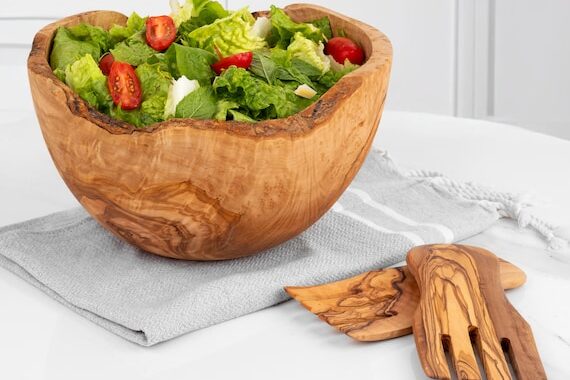
Beautiful handcrafted wooden bowls ruled the ’70s dinner table, but as kitchen decor trends modernized they felt dated and often ended up donated. They seemed heavy and old-fashioned. Now, unless a bowl is from a well-known maker or finely carved, most vintage wooden salad bowls are regarded as kitchenware rather than collectibles. They’re nice décor but rarely worth much beyond a few dollars or as rustic accents.
8. Reader’s Digest Condensed Books

Hardcover anthologies packed with abridged bestsellers once filled bookshelves, but eventually they became unwanted clutter and were donated in bulk. Today, most editions from the ’50s–’70s sell for under $10 and are difficult to move in the resale market. Reddit users note they’re “an absolute glut in the used book market” and often recycled. Only rare first editions or volumes in exceptionally good condition attract modest interest.
9. Yellowed National Geographic Magazines
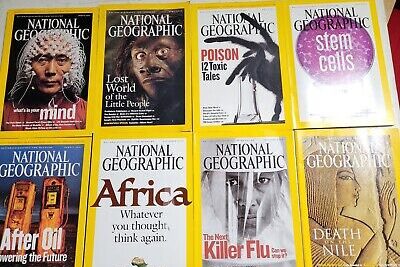
Vintage Nat Geo issues often felt too precious to throw away, yet over time many yellowed, cracked spines and faded covers led to their disposal. They looked nostalgic, but heavy and impractical. Collectors report that most post‑WWII issues resell for mere cents to a few dollars, with only very early (pre‑1907) editions reaching up to $100 or more. Even mid‑century issues seldom fetch much unless they feature special covers or are in pristine condition.
10. Needlepoint Wall Art
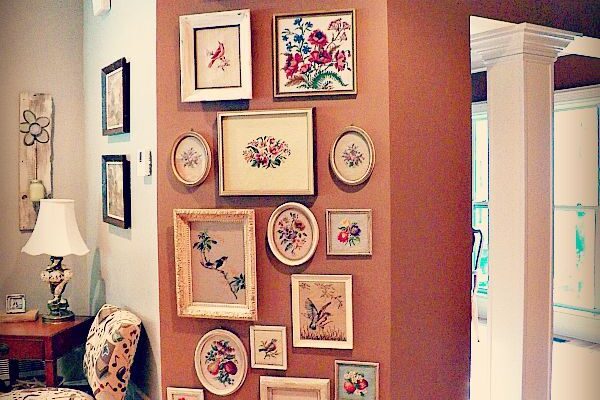
Hand‑stitched needlepoint samplers and wall hangings once brought cozy flair to living rooms, then became dated and were tossed as embroidery fell out of style. They felt overly fussy. Today, unless created by a known artisan or featuring unique designs, most vintage needlepoint holds only sentimental value. There’s a small craft‑collector niche, but mass‑produced pieces rarely sell, and typical thrift‑store finds are worth almost nothing.
11. Plastic Fruit Centerpieces
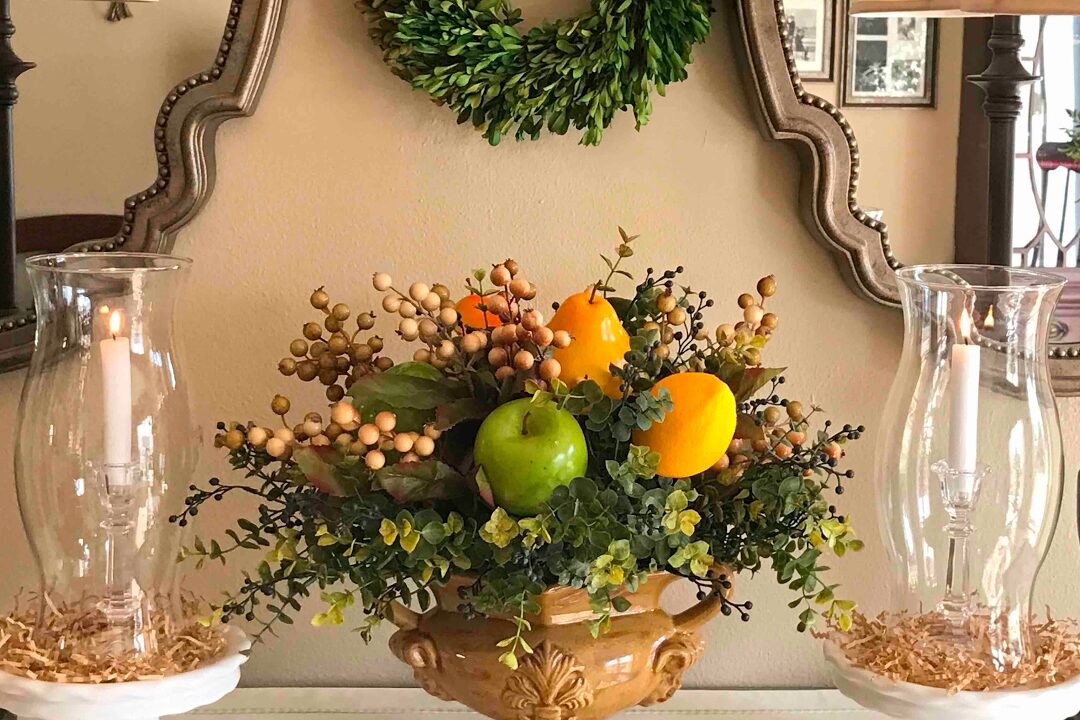
Once a kitschy table staple, plastic fruit centerpieces featured glossy apples, grapes or bananas molded in bright resin, often displayed atop dining tables. We tossed them when décor tastes changed, they looked cheap and out of style in the digital age. Nowadays some collectors seek vintage centerpieces in bold colors or those branded by mid‑century makers. Rare shapes or perfect-condition pieces can fetch $20–$50, but most mass‑produced examples remain low‑value oddities. Unless it’s a unique or branded piece, it’s nostalgia rather than big money.
12. Fondue Sets
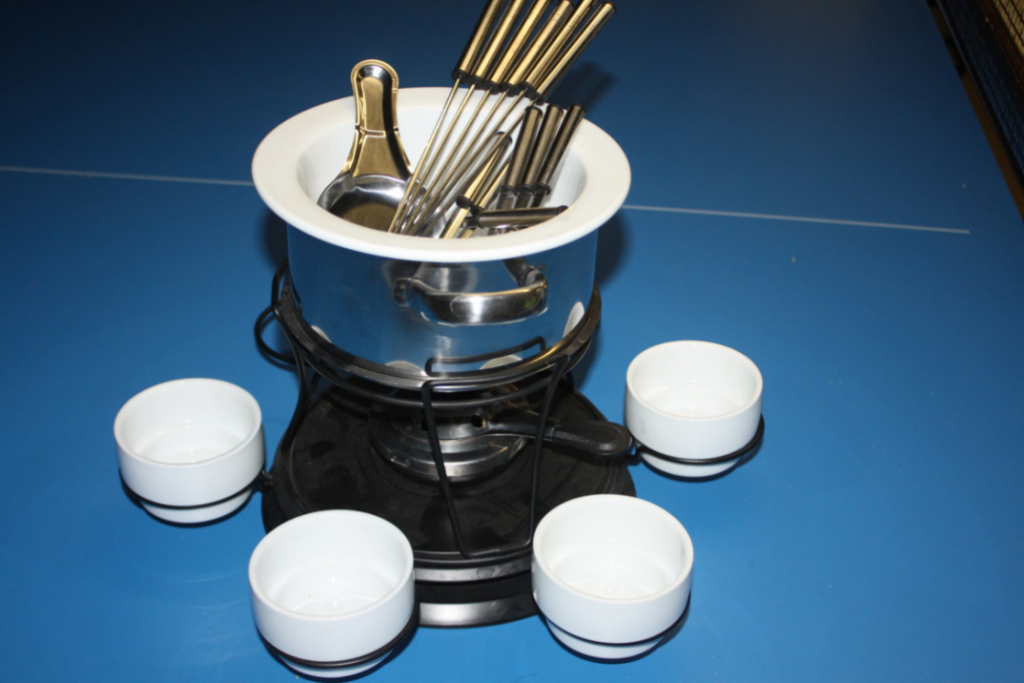
Fondue kits from the ’70s, often enamelware in avocado, gold or daisy patterns with forks and burners, were wedding or housewarming staples, then donated once fondue night passed out of vogue. They felt impractical and space‑taking. Yet original vintage sets, especially complete Avocado Green or Le Creuset enamel or cast‑iron pots, have become collectible. Reddit stories mention thrift‑store Le Creuset fondue pots selling for hundreds today, bargains found for $10 turning into $150+ value. Mid‑century enamel, Japanese‑made ceramic or stainless sets in good shape are especially appreciated by vintage kitchenware fans.
13. Crocheted Toilet-Cover Sets
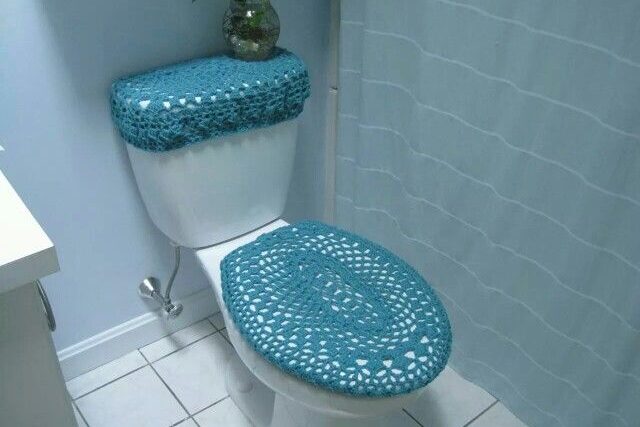
Hand‑crocheted toilet paper covers and matching tissue box cozies were once a quirky bathroom décor staple, cute but soon outdated. We gave them away when modern minimalist tastes prevailed, often as silly or outdated craft. Today they’re occasionally sought by vintage craft enthusiasts or retro décor fans. Rare patterns, original 1970s yarn styles, or highly detailed handiwork attract modest attention. Most ordinary sets sell for under $20, and mass donations have made them plentiful. Their value is sentimental rather than monetary, unless exceptionally intricate or preserved.
14. Paint-by-Numbers Art
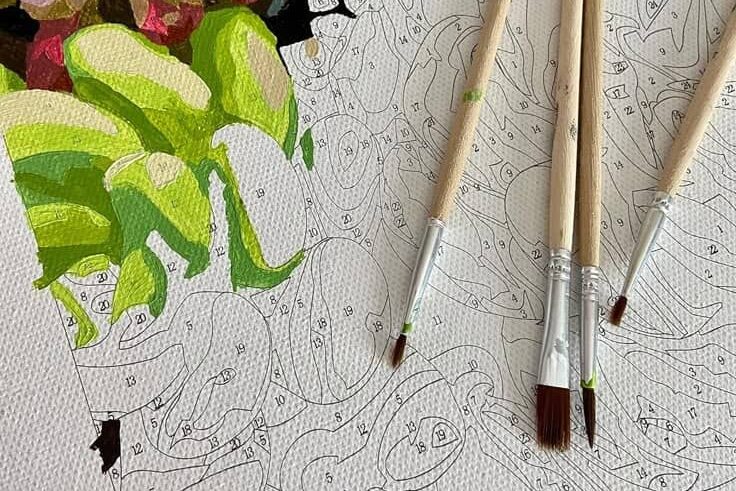
DIY paint‑by‑numbers canvases from the ’70s promised artistic pride for home hobbyists. We tossed many when the result didn’t match expectations or once trends shifted, feeling too amateur or dated.hese pieces rarely excite serious collectors today unless the artist is noteworthy or the design is rare. Typically they resell for very little, maybe $5–$15 for complete vintage kits. Some enthusiasts appreciate the kits as nostalgic craft, but standard finished pieces remain low‑value unless noteworthy or artist‑signed.
15. Telephone Tables
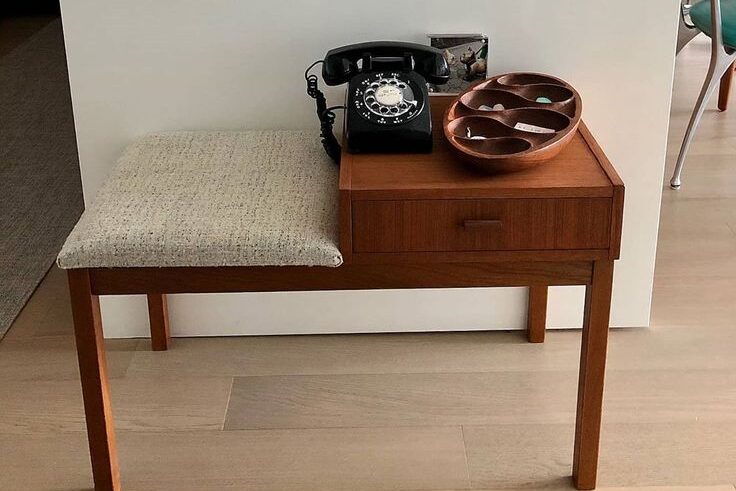
Those compact side tables with built‑in notepad drawers made for landline phones were once a practical home fixture. We cleared them out once cordless phones and modern furniture took over, they felt obsolete and bulky. Today they’re sometimes valued as mid‑century furniture by retro décor lovers. Well‑crafted originals in good shape, especially teak or walnut designs from known makers, can fetch $50–$150. Yet most plain wooden or laminate examples donated in bulk remain around the low end of resale, valued more for charm than high demand.
16. Avocado‑Green Tupperware
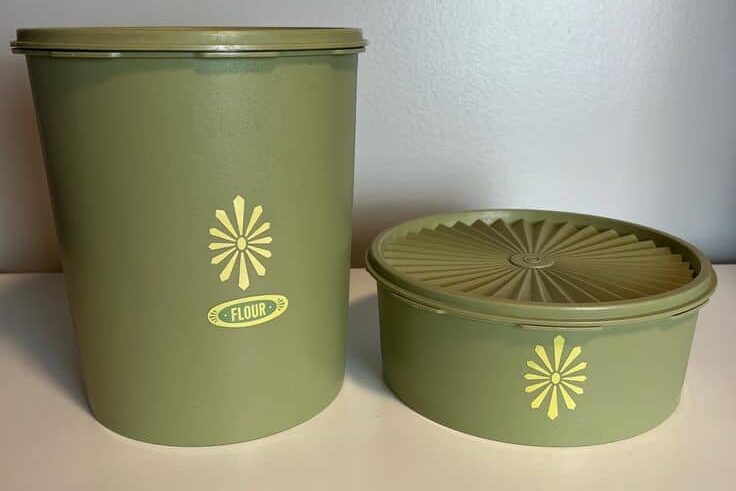
We thought the olive and avocado‑green Tupperware sets of the ’70s were outdated plastic clutter and donated them. At the time they felt overly kitschy and impermanent. Ironically today certain rare colors and shapes, like square Servalier bowls or pickle‑keeper sets in perfect avocado, are collectible. Online listings often show used pieces selling around $8–$14, and while most are modestly priced, pristine or unusual variants can fetch higher interest.
17. Bicentennial Memorabilia
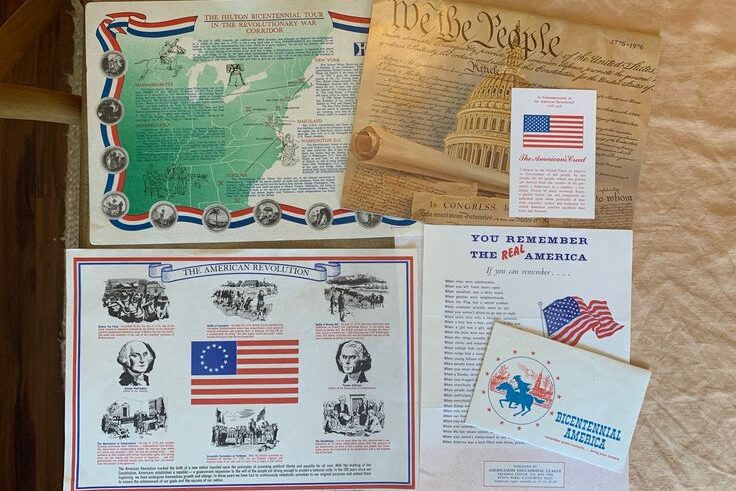
Back in 1976 we collected coins, plates or medals celebrating America’s bicentennial, but later we tossed most as dated souvenirs. They felt like cheap holiday décor. Nowadays only a few pieces, like bronze or gold-framed state medals in mint condition, can attract mild collector interest. Most early bicentennial medals remain collectible only at melt or novelty value, often $10‑15, unless made in precious metal or is rare.
18. Salt & Pepper Shaker Sets

We treated mid‑century salt and pepper shaker sets as kitschy kitchen clutter and gave them away without a thought. Having dozens of novelty shapes felt tacky. Today vintage quirky or artist-signed sets, especially ceramic figurines or themed designs, are popular with collectors of retro décor. While ordinary mass-produced pairs are still low‑value, unique mid‑century designs can sell for $20‑$50 or more among vintage enthusiasts.
19. Original Star Wars Toys
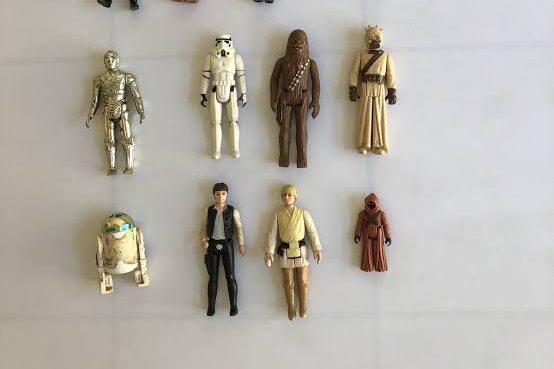
Kenner action figures from 1977’s original Star Wars line once felt like old plastic, and many of us discarded ours. They seemed like childhood junk. Now mint, carded original Kenner figures like the 1978 Darth Vader, Obi-Wan with double‑telescoping lightsaber, and vinyl‑cape Jawa can fetch thousands. Some ultra‑rare prototypes, such as rocket‑firing Boba Fett or Brazil‑only Vlix figure, have sold for up to $185,000–$525,000 or more.
20. Vintage Pyrex Sets
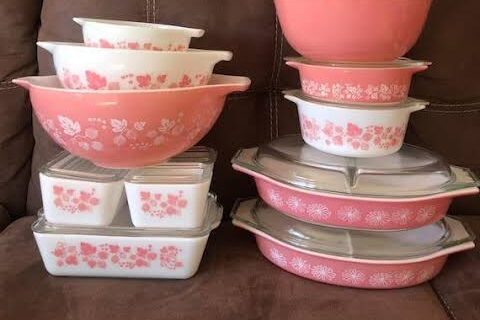
We often donated those old Pyrex mixing bowls and Cinderella sets thinking they were outdated and bulky. They seemed like kitschy kitchen relics. Vintage Pyrex patterns, especially rare mid‑century ones like Gooseberry Pink and Butterprint, are highly sought by collectors. Recent sales have reached dozens or even hundreds of dollars; one rare bowl reportedly had bids above $22,000. Even modest sets often sell for $50–$200 depending on pattern and condition.
21. Vinyl Records

Once considered outdated plastic clutter when cassettes and CDs took over, many dust‑covered vinyl albums were discarded or donated without a second thought. They felt heavy, fragile, and old‑fashioned as digital formats grew dominant. Today vinyl has exploded into a collector’s dream. Rare first‑pressings, early Beatles, Rolling Stones, or jazz LPs from the 1960s and ’70s regularly fetch hundreds to thousands of dollars depending on condition, label variation, rarity, and artist.
This story 21 ’70s Items That Went from Worthless to Valuable was first published on Daily FETCH


